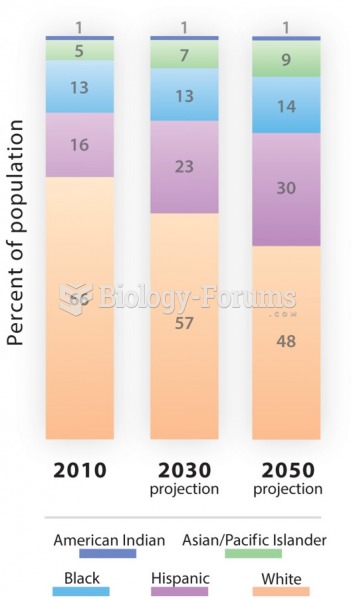Answer to Question 1
Muslim teachings are found in the Qur'an, the holy book of Islam. As the supreme authority and fundamental source of Muslim ritual, ethics, and laws, the Qur'an provides guidelines for worship and specific moral and social injunctions for everyday conduct. It condemns the drinking of wine, the eating of pork, and all forms of gambling. Islam limits polygyny(marriage to several women at the same time) to no more than four wives, provided that a man can support and protect all of them. Although the Qur'an defends the equality of men and women before God, it describes men as being a degree higher than women (in that they are the providers) and endorses the pre-Islamic tradition requiring women to veil their bodies from public view. A husband has unrestricted rights of divorce and can end a marriage by renouncing his wife publicly. Nevertheless, Muhammad's teachings raised the status of women by condemning female infanticide, according women property rights, and ensuring their financial support, in an age when such protection was not commonly guaranteed.
For a Muslim who is righteousthose who practice submission, humility, and reverence for GodIslam promises a hereafter resembling a garden of paradise, filled with cool rivers and luscious fruit trees. To the wicked and to infidels (nonbelievers), it promises the terrifying punishments of Hellas hot and dusty as the desert itself.
Answer to Question 2
As Islam expanded, it absorbed many different styles from the arts of non-Arab peoples, eventually contributing to a new, global culture. It was enthusiastically receptive to the intellectual achievements of other cultures and aggressive in its will to understand the workings of the natural world. Between the ninth and twelfth centuries, Muslims absorbed and preserved much of the medical, botanical, and astrological lore of the Hellenized Mediterranean. This fund of scientific and technological knowledge, along with Arabic translations of Aristotle's works in logic and natural philosophy, and Muslim commentaries on Aristotle, filtered into the urban centers of Europe. There, in the twelfth century, they stimulated a rebirth of learning and contributed to the rise of Western universities and the Renaissance.
Islamic scholars also made original contributions in mathematics, medicine, optics, chemistry, geography, philosophy, and astronomy. In the field of medicine, Islamic physicians wrote treatises on smallpox, measles, and diseases transmitted by animals (such as rabies), on the cauterization of wounds, and on the preparation of medicinal drugs. Further, at a time when most Europeans knew little of the earth's physical size or shape, geographers in Baghdad estimated with some accuracy the earth's circumference, as well as its shape and curvature. Muslim astronomers made advances in spherical geometry and trigonometry that aided religious observance, which required an accurate lunar calendar and the means of determining the direction of Mecca from any given location.
In music too, Islamic artistic contributions have filtered down. At the end of the sixth century, the Arabs developed the lute, a half- pear-shaped wooden string instrument that was used to accompany vocal performance.The forerunner of the guitar, the lute has a right-angled neck and is played with a small quill. Muslim musicians in Spain began to compose larger orchestral pieces divided into five or more distinct movements, to be performed by string and wind instruments, percussion, and voices. It is possible that the Western tradition of orchestral music, along with the development of such instruments as oboes, trumpets, viols, and kettledrums, originated among Arab musicians during the centuries of Muslim rule in Spain. Further, music composition and theory reached a peak between the ninth and eleventh centuries, when noted Islamic scholars wrote almost two hundred treatises on musical performance and theory. The Great Book of Songs, a twenty-one-volume encyclopedia of songs and poems, feature a wide range of love songs, many with motifs of complaint and yearning, and would have a distinct influence on both the secular and the religious music of the Western Middle Ages and the Renaissance.







